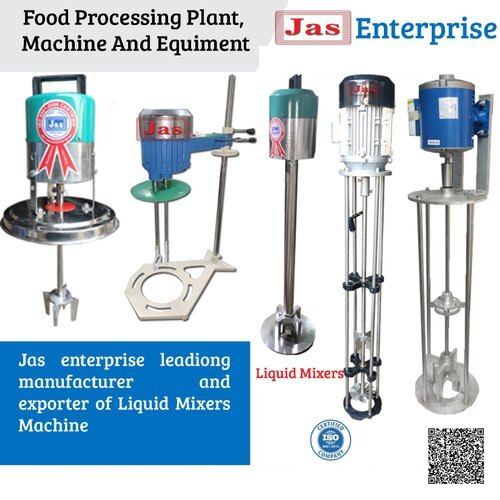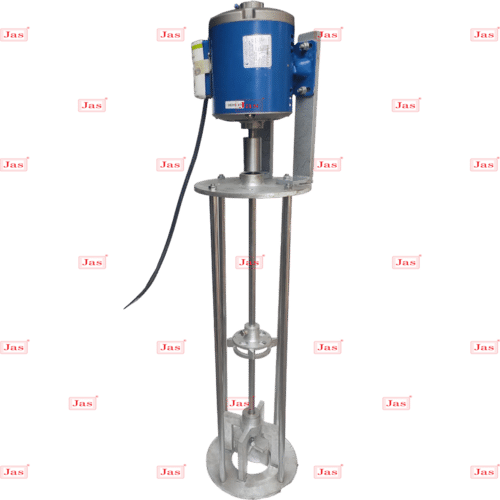Induction Tilting Pan
Product Details:
- Capacity 100-200 Ltr/hr
- Automatic Yes
- Voltage 230/440 Volt (v)
- Feature ECO Friendly Low Noice Lower Energy Consumption Compact Structure High Efficiency
- Click to View more
Induction Tilting Pan Price And Quantity
- 1 Unit
- 315000 INR/Unit
Induction Tilting Pan Product Specifications
- Yes
- 100-200 Ltr/hr
- ECO Friendly Low Noice Lower Energy Consumption Compact Structure High Efficiency
- 230/440 Volt (v)
Induction Tilting Pan Trade Information
- Cash Against Delivery (CAD) Cash Advance (CA) Cash in Advance (CID) Cheque Western Union
- Asia Australia Central America North America South America Eastern Europe Western Europe Middle East Africa
- All India South India Central India West India North India East India Gujarat Karnataka Kerala Lakshadweep Mizoram Meghalaya Manipur Andhra Pradesh Bihar Chandigarh Daman and Diu Goa Jharkhand Odisha Punjab Assam Delhi Dadra and Nagar Haveli Andaman and Nicobar Islands Arunachal Pradesh Chhattisgarh Haryana Himachal Pradesh Jammu and Kashmir Madhya Pradesh Maharashtra Nagaland Rajasthan Sikkim Tamil Nadu Telangana Tripura Pondicherry Uttar Pradesh Uttarakhand West Bengal
- ISO
Product Description
-
Cooking Surface: It typically has a large, flat cooking surface made from stainless steel. The surface is heated using induction technology, which allows for precise temperature control and even heating.
-
Tilting Mechanism: One of the main features is its ability to tilt. This allows the contents of the pan to be easily poured out into containers or onto plates once cooking is complete. The tilting mechanism is usually operated manually or electronically.
-
Capacity: These pans come in various sizes, ranging from smaller models suitable for smaller establishments to large-capacity ones used in high-volume kitchens.
-
Versatility: Induction tilting pans can be used for a wide range of cooking methods including braising, frying, boiling, sauting, and simmering. They are ideal for preparing large quantities of soups, stews, sauces, and other dishes that require consistent heating and mixing.
-
Efficiency: Due to the induction heating technology, these pans are energy-efficient and heat up quickly. They also offer precise temperature control, which is essential for cooking delicate dishes or maintaining a specific cooking temperature.
-
Cleaning and Maintenance: Stainless steel construction makes them easy to clean and maintain. Many models feature smooth, rounded corners and a tilting design that facilitates thorough cleaning.
-
Safety Features: Modern induction tilting pans often come with safety features such as overheat protection and automatic shut-off to prevent accidents and damage to the equipment.

Price:
- 50
- 100
- 200
- 250
- 500
- 1000+










